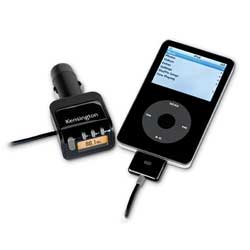As I surf through various news sites around the web, I often enjoy reading user comments. On many of the sites I frequent, the comments truly add to the discussion and are a good for a belly laugh or two (or three). The feedback left on nearly every story at Gizmodo is hilarious, and visitors to Slashdot are often quite funny as well, making those my favorite tech news sites. Other sites can be hit or miss. Take Digg.com for example. Occasionally, some classic comments can appear on a popular story, providing some insight into the story, or more often, supplying a funny, sarcastic remark about the story as a whole. Other times, the comments are mostly juvenile and unhelpful.
Unfortunately, the comments on some sites are painful to read. Take my favorite gaming news site, Blue's News. Nearly every comment on the site falls into one of these categories:
- {Insert Game or Publisher Here} is Lame
- {Insert Game 1 Here} is Better Than {Insert Game 2 Here}
- Software Pirates Rule
- Steam Sucks
- OMG PONIES!
- Yo momma!
The target demographic of the site is most likely males aged 13 to 21, but you'd think that someone would eventually have something good to say. Are there no civilized gaming websites in the world? This problem doesn't just affect gaming websites. Places like CNN.com or our local news station WRAL are nearly as bad. It's a shame that discussions vary so much. Do you read the comments at various news web sites? If so, what do you think?
